Introduction
How To Keep A Parakeet Warm: Keeping your parakeet warm is essential for their health and well-being, especially during the colder months or in regions with chilly climates. Parakeets, also known as budgerigars, are small and sensitive birds that require a stable and comfortable temperature to thrive. Various methods and tips to ensure your feathered friend remains cozy and content. From choosing the right heating solutions to creating a snug living environment, you’ll learn everything you need to know about how to keep a parakeet warm and provide them with the care they deserve.
So, let’s delve into the world of avian warmth and ensure your beloved parakeet stays happy and healthy all year round. Whether you’re a seasoned parakeet owner or a newcomer to the world of pet birds, understanding and keeping your parakeet warm is crucial. Parakeets are not just lovely companions, they are also delicate creatures that rely on their environment to maintain their body temperature. Failure to provide the right warmth can lead to stress, illness, and even life-threatening conditions for your feathered friend.
We will cover a wide range of topics, including the optimal temperature range for parakeets, suitable heating options for their cage, and tips for monitoring their comfort. We will also discuss the signs of an overheated or too-cold parakeet, ensuring you can quickly identify and address any temperature-related issues. Whether you’re facing the challenges of winter or simply want to make sure your parakeet is snug and secure throughout the year, this will equip you with the knowledge and tools needed to provide your beloved bird with the warmth and care they require.
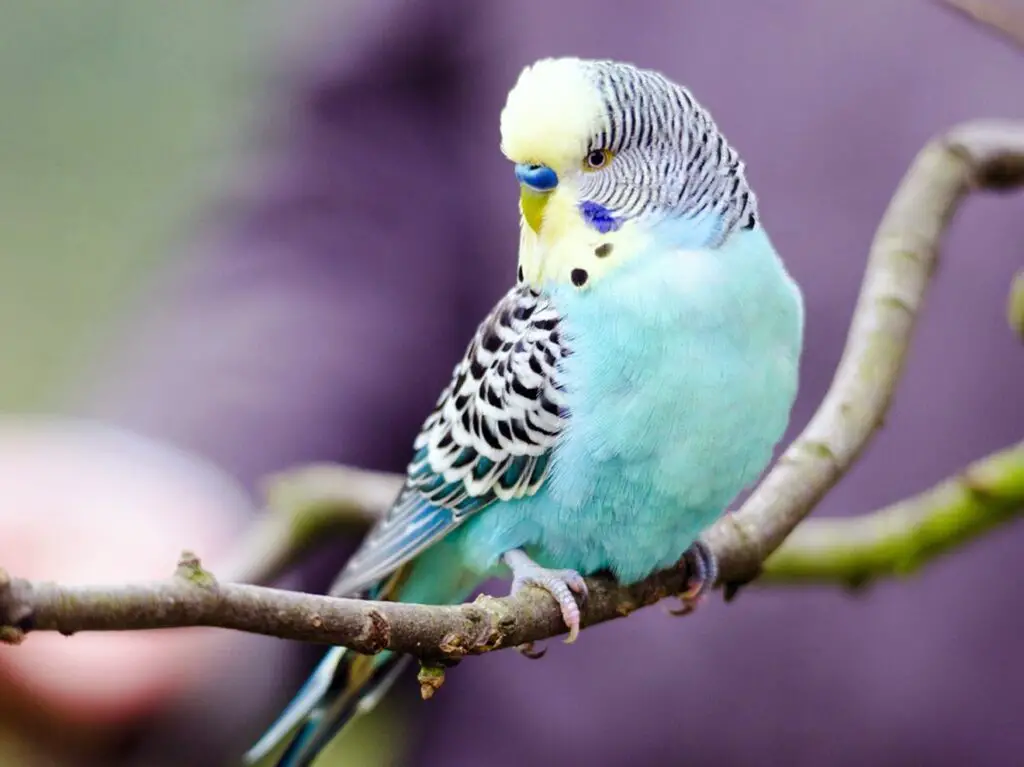
Do parakeets need to be kept warm?
Ochoa says it’s best to keep parakeets inside during the winter months, especially in very cold climates. “I don’t recommend keeping parakeets outside even in warmer climates but especially not in temps as cold as a Minnesota winter. They should at least come inside at night or when it’s below 60 degrees.
Parakeets, also known as budgerigars, do indeed have specific temperature requirements to ensure their well-being. These small and delicate birds are native to the warm and arid regions of Australia, where they are accustomed to a relatively stable and mild climate. As a result, they are not well-suited to extreme cold temperatures.
Parakeets are most comfortable in an environment that maintains a temperature range between 65°F to 80°F (18°C to 27°C). Temperatures below this range can lead to stress, illness, and even hypothermia in these birds. It’s essential to remember that parakeets lack the ability to regulate their body temperature as efficiently as mammals do, making them particularly vulnerable to chilly conditions.
During colder months or in cooler climates, providing supplemental heating in their cage or living area becomes crucial. Ceramic heat lamps, heating pads, or heated perches can be used to maintain a suitable temperature. It’s essential to keep parakeet cages away from drafts and cold windows, ensuring they are not exposed to sudden temperature fluctuations.
What is the fastest way to warm up a bird?
Heaters and heat lamps are a direct way to apply heat to a bird when it is very cold. Like a space heater, the heaters act as portable, plug-in heaters that can safely warm up a bird when they are under or close to it. The heater and also heat lamps can provide some pleasurable amounts of heat to a cold bird.
Isolation: If you notice that your bird is cold or showing signs of distress due to low temperatures, immediately move it to a quiet and warm room away from drafts or direct heat sources.
Increase Ambient Temperature: Adjust the room temperature to the recommended range for your specific bird species. For most pet birds, including parakeets, this is around 65°F to 80°F (18°C to 27°C). Use a reliable thermometer to monitor the room’s temperature.
Provide a Heat Source: Place a safe and low-wattage heat source, such as a ceramic heat lamp, at a distance from the bird’s cage to avoid overheating. Ensure there is no direct contact between the bird and the heat source to prevent burns or discomfort.
Use Towels or Blankets: You can drape towels or blankets around the cage to help trap and circulate warm air while still allowing ventilation.
Monitor Closely: Continuously observe your bird’s behavior and body temperature. When the bird begins to show signs of comfort, such as preening or perching normally, you can slowly reduce the supplemental heat source.
Do parakeets like warm water?
Some parakeets even enjoy flapping their wings under a running tap, not too cold, and never hot. You need a very tame bird to get to that stage, however. Never take parakeets into a real human shower, though, as the water is generally too hot, and the water vapor can irritate their nose and lungs.
Parakeets, like most birds, prefer water at room temperature or slightly lukewarm for their baths. Cold water can be uncomfortable and potentially stressful for them, while extremely hot water can be scalding and harmful. Providing water that is too hot or too cold can deter your parakeet from enjoying their bath.
To offer a pleasant bath experience for your parakeet, you can use a shallow container or a bird bath specifically designed for small birds. Fill it with lukewarm water that is just slightly warmer than room temperature. You can test the water by touching it with your fingers to ensure it’s comfortable to the touch.
Many parakeets enjoy bathing, and it’s not only a means of staying clean but also a source of entertainment and enjoyment for them. Some may even splash around enthusiastically in the water. Providing clean and comfortably warm water for your parakeet’s bath can help maintain their hygiene and overall well-being while ensuring they have a positive and refreshing experience.
Is sunlight good for parakeets?
For pet birds, a minimum of 30 minutes of direct sunlight exposure per week is recommended for adequate vitamin D production. But the more you can give them, the better.
Vitamin D Synthesis: Exposure to sunlight allows parakeets to synthesize vitamin D, which is essential for calcium absorption and strong bone health. Adequate vitamin D helps prevent conditions like metabolic bone disease.
Emotional Well-being: Sunlight contributes to a bird’s sense of day and night, helping regulate their internal clock. This natural light cycle can promote healthier sleep patterns and reduce stress.
Feather Health: Sunlight exposure helps maintain the health and appearance of a parakeet’s feathers. It can stimulate preening and grooming, leading to cleaner, shinier plumage.
Mental Stimulation: Birds are naturally curious and benefit from the visual and sensory stimulation provided by sunlight. It can enhance their mental and emotional well-being.
Behavioral Benefits: Natural light can encourage more natural behaviors in parakeets, including increased activity levels and social interactions.
Do parakeets need light at night?
Parakeets do not usually need a nightlight. More often, they need some type of covering, such as a dark throw, blanket, or large towel, to block out light, in order that they do not remain awake and continue to chatter.
Sleep Quality: Parakeets, like all birds, require restorative sleep to maintain their health and energy levels. Continuous or excessive light during the night can disrupt their sleep patterns, leading to sleep deprivation and health issues.
Stress Reduction: Darkness at night helps reduce stress for parakeets. It mimics their natural environment, where they would experience a period of darkness and silence for restful sleep.
Hormone Regulation: A consistent day-night cycle is crucial for the proper regulation of hormones, including those responsible for their sleep and overall well-being.
Your parakeet gets the rest they need, cover their cage or provide them with a dedicated sleep enclosure at night. This can be a cloth cover, a cage designed for sleep, or simply placing them in a quiet, dimly lit room away from any disturbances.
Do parakeets like warm or cold baths?
Your bird will do most of the work if you supply lukewarm water. A shallow sink of water is another convenient place for birds to bathe. Many birds like to frolic under a gentle trickle of water from the tap while dipping their head and fluttering their wings in the water.
Parakeets generally prefer lukewarm or room temperature baths over extremely hot or cold water. Providing water that is too hot can be uncomfortable and even scalding for them, while cold water may deter them from enjoying their bath. Finding the right water temperature is crucial to ensure your parakeet has a positive bathing experience.
To offer a bath that your parakeet will enjoy, fill a shallow container or a designated bird bath with water that is slightly warmer than room temperature. You can test the water by touching it with your fingers to ensure it’s comfortable to the touch.
Many parakeets relish their bathing time, and it’s not only a means of maintaining cleanliness but also a source of entertainment and pleasure for them. Some may enthusiastically splash around and exhibit playful behaviors during their bath.
Do parakeets feel warm?
Like us, birds are warm blooded, which means their bodies maintain a constant temperature, often around 106 degrees Fahrenheit. To make enough heat, and maintain it, they’ve evolved many different strategies, some similar to our own.
Parakeets, like all birds, do have the ability to perceive temperature variations to some extent, but their perception of warmth differs from mammals. While they can sense temperature changes, their warm-blooded nature means they actively regulate their body temperature to stay warm.
Parakeets have a body temperature that is typically higher than that of humans, usually around 104-107°F (40-42°C). They maintain this internal temperature through metabolic processes and insulation from their feathers. They can sense and respond to temperature shifts in their environment to a certain degree, primarily through behavioral changes.
When parakeets feel cold, they may exhibit behaviors like fluffing up their feathers to trap warm air close to their bodies, seeking shelter or warmth sources, and becoming less active. Conversely, when they feel warm, they may seek out cooler spots, open their beaks to help dissipate heat, or bathe to cool down.
Do birds need to stay warm?
Birds, like mammals, are ‘warm-blooded’. This means they generate their own body heat, instead of depending on the weather to warm them up, unlike reptiles. This means birds, like mammals, can survive in the coldest places on Earth.
Yes, birds need to maintain an appropriate body temperature to survive and thrive. Unlike mammals, birds are warm-blooded animals, meaning they can regulate their body temperature internally, maintaining it at a relatively constant level regardless of the external temperature. This ability to maintain their body temperature is vital for their overall health and well-being.
Birds have a higher body temperature than humans, typically ranging from 100 to 108°F (37 to 42°C), depending on the species. This elevated temperature is essential for their metabolic processes, enzyme activity, and overall bodily functions.
In cold weather or chilly environments, birds need to conserve heat and stay warm. They achieve this through a combination of physiological and behavioral adaptations, such as fluffing up their feathers to create an insulating layer, tucking their legs and heads into their plumage to reduce heat loss, and seeking sheltered spots to avoid exposure to cold winds.
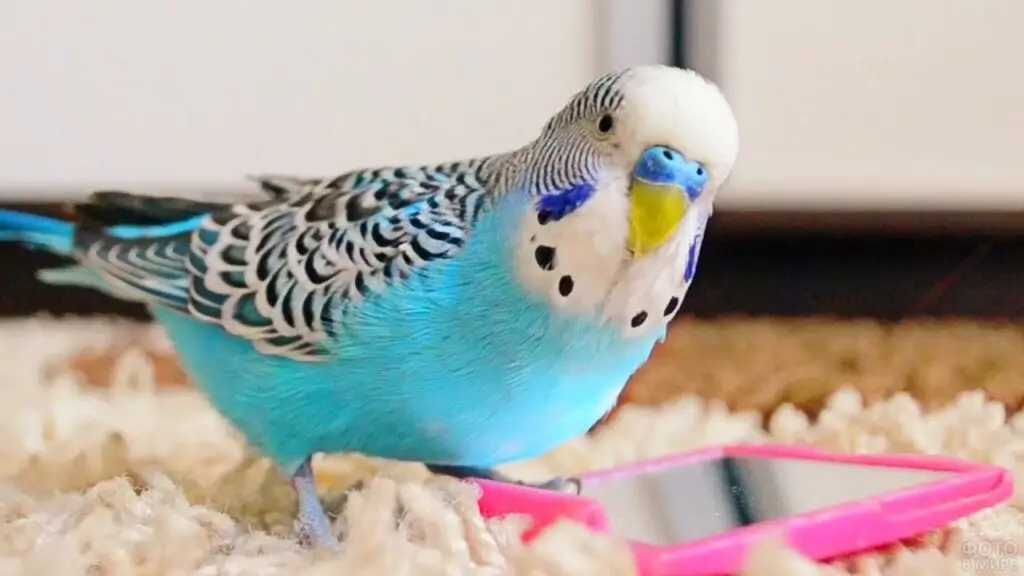
Conclusion
Ensuring the warmth and well-being of your parakeet is a responsibility that every parakeet owner should take seriously. By understanding the specific temperature needs of these small and sensitive birds, and by implementing the appropriate heating solutions and environmental adjustments, you can create a comfortable and secure living space for your feathered companion. That maintaining the right temperature is not just about keeping your parakeet physically healthy, it also contributes to their mental and emotional well-being.
A warm and cozy environment promotes a happy and contented parakeet that is more likely to thrive and engage in playful and social behaviors. You can ensure that your parakeet remains protected from the cold and enjoys a life filled with warmth and companionship. Keep a watchful eye on your bird, monitor their behavior and health, and make adjustments as necessary to provide them with the best possible care. Your efforts to keep your parakeet warm will be rewarded with a happy, healthy, and vibrant avian friend.
Regularly interacting with your parakeet, providing them with toys, and creating a stimulating environment can help keep them active and engaged, which is vital for their overall well-being. Maintaining the warmth of your parakeet’s environment is an essential aspect of responsible pet ownership. By combining proper temperature management with a balanced diet, mental stimulation, and attentive care, you can ensure that your parakeet leads a happy, healthy, and fulfilling life as a cherished member of your family.

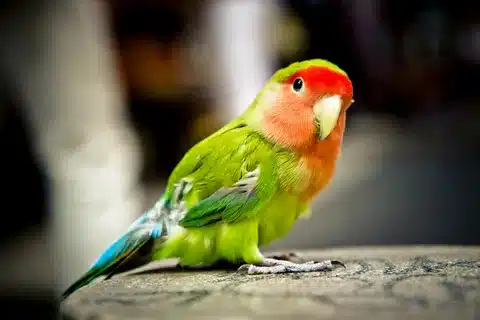
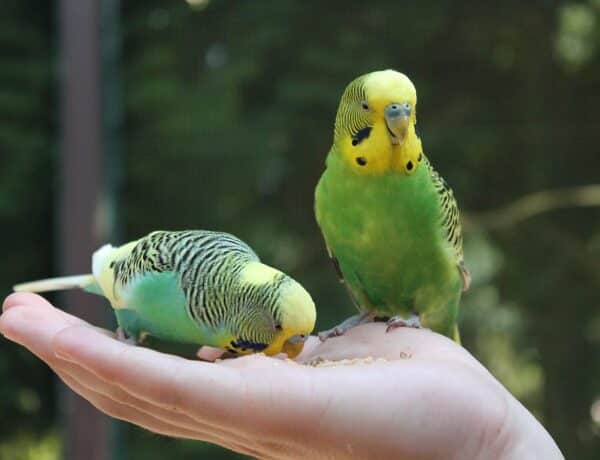
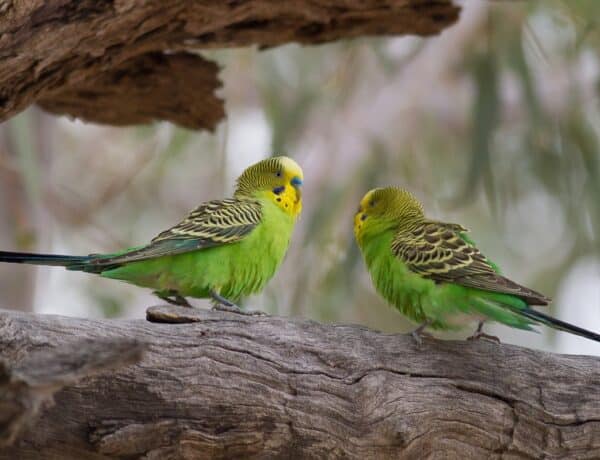
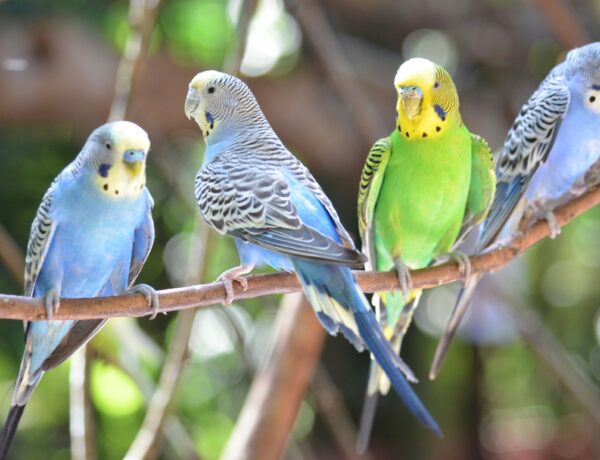
No Comments